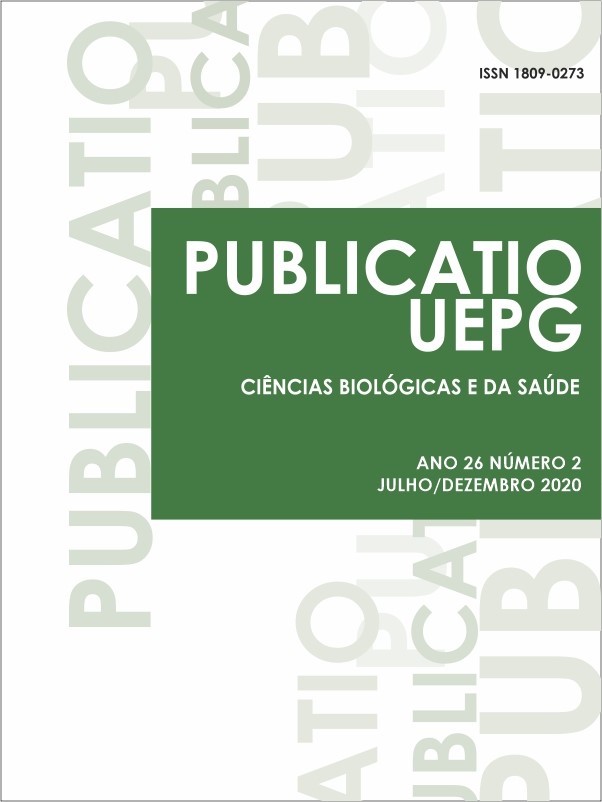ACTION OF THE WHOLE-BODY VIBRATION ON THE MORPHOLOGY OF THE ANTERIOR TIBIAL MUSCLE OF WISTAR OOPHORECTOMIZED RATS
Abstract
Estrogen is essential for maintaining muscle mass and strength and its decrease in menopause leads to sarcopenia. Physical exercises, such as whole-body vibration (WBV), stand out as a treatment promoting improvement in several physiological parameters. However, its tissue effects are still poorly understood, and this study analyzed its action on the tibialis anterior muscle morphology of oophorectomized rats. 32 female Wistar rats were divided into two groups, oophorectomy (GO) and pseudo-oophorectomy (GP). Subsequently, GO and GP were divided into two groups, treated (GOT e GPT) or not (GO e GP) with WBV. The vibrating platform was used as a WBV source in 3 alternating weekly sessions, for ten minutes daily for 8 weeks, with a frequency of 60Hz and an amplitude of 2 mm. After the experimental period, the tibialis anterior muscle was removed and submitted to histological preparation. In the analysis of area, larger and smaller diameters of muscle fiber and percentage of connective tissue, no statistical differences were found. In the ratio of nuclei per fiber (N/F) and the number of total nuclei significant differences were identified between GP and GO (p<0,005). Considering the percentage of central nuclei, a reduction of the percentage was observed in trained animals in relation to sedentary ones. From the findings, it can be inferred that the time to induce the effects of hormonal privation was insufficient to cause sarcopenia of the tibialis anterior muscle in the oophorectomy groups, and the exercise protocol with WBV accelerates the muscle repair process.
Downloads
Downloads
Published
Issue
Section
License

Este obra está licenciado com uma Licença Creative Commons Atribuição 4.0 Internacional.
Esta licença permite que outros distribuam, remixem, adaptem e criem a partir do seu trabalho, mesmo para fins comerciais, desde que lhe atribuam o devido crédito pela criação original. Este posicionamento está de acordo com as recomendações de acesso aberto da Budapest Open Access Initiative (BOAI).


